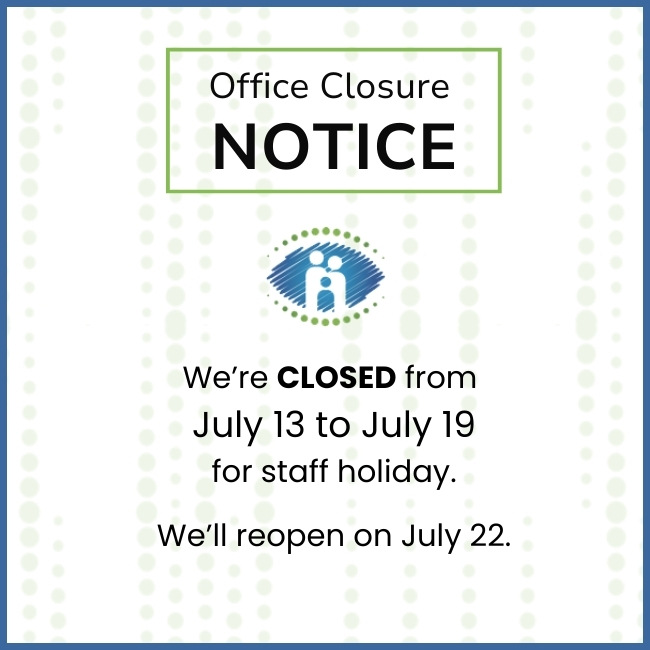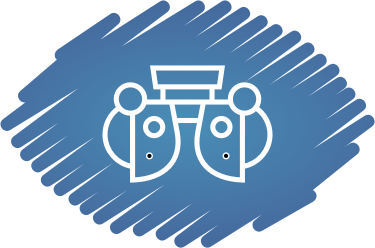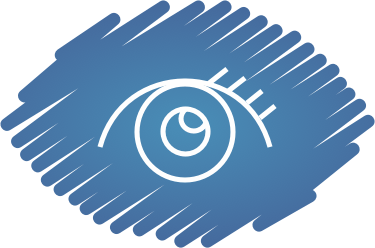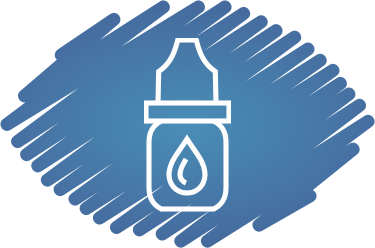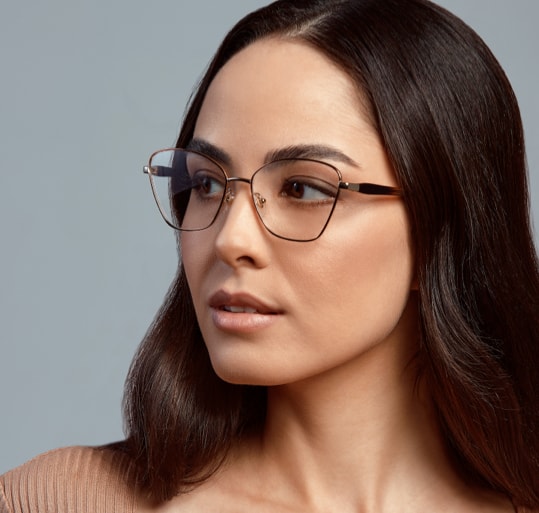Lazy eye, or amblyopia, stands as one of the most common vision conditions faced across all age groups. While traditionally considered a childhood concern, the question of its treatment feasibility in adults has been a topic of increasing interest within the eye care community.
When you’re an adult it may be more difficult to correct, but some research has shown that there is hope for correction in the adult brain. This blog aims to shed light on understanding lazy eye, explore treatment options, and discuss the potential for late intervention success, especially targeted towards adults and eye care professionals.
Understanding Lazy Eye
Amblyopia, commonly referred to as lazy eye, is often a result of an imbalance in the muscles responsible for positioning the eyes or due to imbalance in the prescription between the two eyes. This imbalance can lead to the brain favoring one eye over the other, with the less favored eye receiving fewer and fewer focused visual signals. Over time, this lack of stimulation can cause the vision in the neglected eye to deteriorate.
Factors contributing to amblyopia include strabismus (crossed eyes), significant differences in prescription strength between the two eyes(anisometropia), or conditions such as cataracts that obstruct the visual pathway. Without timely intervention, the neural pathways from the weaker eye to the brain fail to develop correctly, solidifying the dominance of the stronger eye and diminishing the overall visual capability.
Lazy eye occurs when the vision in one eye does not develop as it should. This condition can lead to the affected eye becoming ‘lazy,’ leading to decreased best corrected vision. It’s generally recognized that early detection and treatment during childhood, ideally before the age of 7, tends to yield the best outcomes. However, there is potential for improvement in the weaker eye beyond this traditional window.
Treatment Options
Treatment for amblyopia involves exercises or devices that encourage the brain to continue to use the weaker eye. This can include wearing an eye patch on the stronger eye, atropine drops to blur the vision temporarily in the stronger eye, or vision therapy exercises designed to improve coordination and vision skills in the weaker eye.
Is It Ever Too Late?
Conventional wisdom has long held that treating lazy eye in adults was less likely to be successful due to the reduced plasticity of the adult brain. However, recent studies and clinical evidence suggest that the adult brain may still retain some degree of plasticity, offering hope for effective treatment beyond the childhood years.
Challenges in Adult Treatment
While promising, treating lazy eye in adults is not without its challenges. Adults may have a longer treatment duration and require a higher degree of commitment to vision therapy exercises. Additionally, the psychological impact of lifelong amblyopia can affect motivation and the perceived feasibility of treatment. Eyecare professionals play a crucial role in providing support, realistic expectations, and encouragement throughout the treatment process.
Consultation with an Eye Care Professional
Whether you’re an adult who has never undergone treatment for lazy eye or you’re seeking more information as a patient, consultation with an experienced eye care professional cannot be overstated. An optometrist can provide a comprehensive assessment of the vision and offer personalized advice on the potential for improvement.
The Role of Technology in Treating Amblyopia
Advancements in technology have introduced new dimensions to treating amblyopia, especially in adults. Digital tools and software are now being developed to make vision therapy exercises more engaging and effective. Virtual reality (VR), for instance, offers immersive environments where patients can perform activities that stimulate the weaker eye.
These technological solutions not only aim to improve the visual function, but also increase patient adherence to treatment plans by adding elements of fun and novelty.
Furthermore, apps designed specifically for amblyopia treatment can facilitate daily practice of vision exercises at home, offering flexibility and convenience for adults with busy schedules. Such innovations represent a hopeful advancement in the field of optometry, suggesting that with the right tools and dedicated effort, improvement is possible at any age.
However, the effectiveness of these treatments varies from one individual to another, underscoring the importance of a tailored approach based on thorough assessment and guidance from eye care professionals.
Closing Thoughts and a Call to Action
It’s clear the narrative around the treatability of lazy eye, especially in adults, is shifting. Emerging research supports the potential for significant vision improvement well into adulthood. For optometrists, staying abreast of these developments is key to offering the best care for patients across the lifespan.
For individuals experiencing the effects of a lazy eye, it’s never too late to seek advice and explore your options for treatment. If you or someone you know is affected by amblyopia, we encourage you to take the next step towards better vision.Reach out to Flamborough Family Eye Care today to schedule a consultation. Our team is dedicated to providing personalized, cutting-edge eye care for patients of all ages. Together, we can explore the treatments available to you, regardless of your age.
